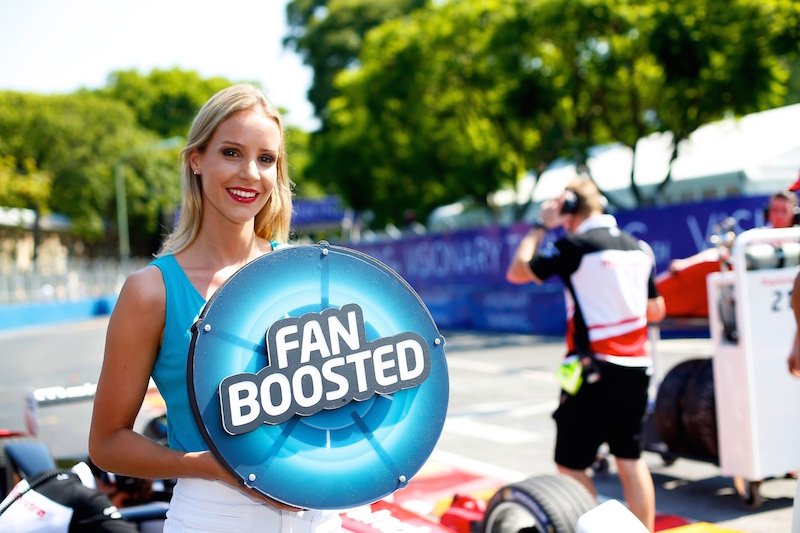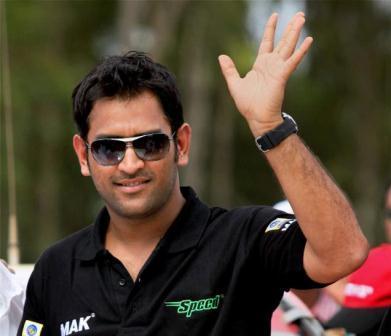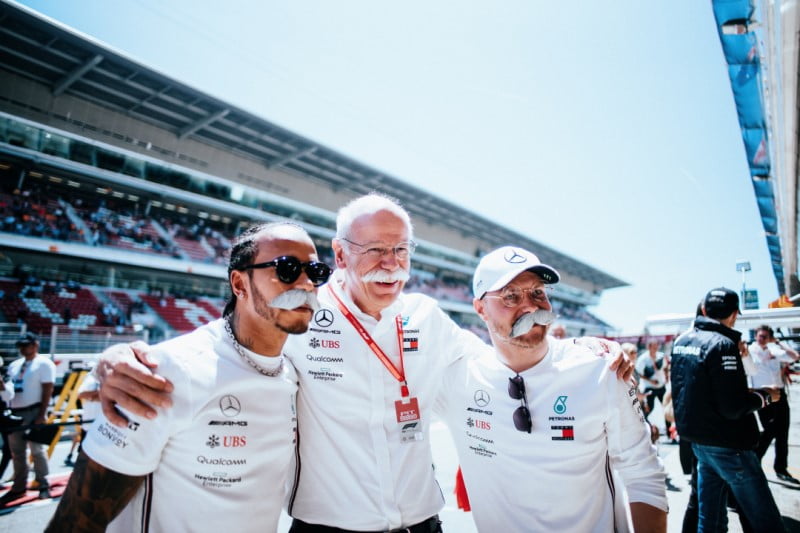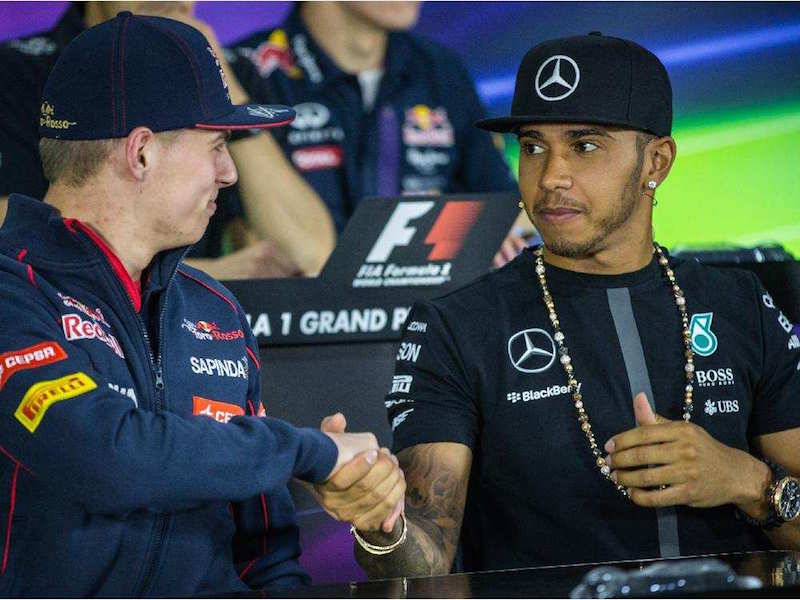Formula 1 isn’t a social sport – in the real and the virtual world.
In the real world, I watch my race in absolute isolation. The television beams the Star Sports broadcast signal, but there’s so much more to consume. There’s a twitter feed on my laptop and the live timing feed from the inconsistent Formula 1 app on my iPad.
Over the years, everyone knows that nothing and no one can come in between my screens and me during the telecast of qualifying or the race. Of course, I don’t watch the practice sessions – they’re far more boring than the other competitive ones!
I am not sure if this is me or the sport of Formula 1, but I have seldom seen (in India) fans gathering in a pub over a race. It is almost always a football (or cricket!) match. This could also be due to the timings of the race broadcast or the fact that other sports are far easier to follow. Is Formula 1 an overdose of data for a new fan?
Formula 1’s usage of social media is much like my consumption of the sport in the real world – isolated. While the usage has only increased in the last year, there’s a lot of ground to cover up when you compare with other sporting leagues.
I was responsible for Force India’s digital marketing and in my view, there seems to be lacking a cohesive strategy in @F1’s approach to increase the reach and engagement between the races with a view to sustain interest (but is Formula 1 interesting, after all?) and encourage repeat tune-ins for the race weekend.
(There’s a good chance that you’ll argue my point if you’re from an ‘established’ Formula 1 market. My view is mainly on how the sport should use the power of social media to tap the emerging markets).
And while the social status is easier to establish in the virtual world, I wonder if Formula 1 is capable of doing so in the real world too. I think I should just move to an established Formula 1 market!
PS: A tip for @F1: go hire the guy who managed Lotus F1 Team’s social media handles in 2014!
So for this week’s episode of the Inside Line F1 Podcast, Mithila and I decided to talk about Formula 1’s new plans to go social.
After years of ignoring social media and its power, it seems that F1 might just embrace it with a storm – a ‘Driver of the Day’ may be selected from this new media. In this week’s episode of the Inside Line F1 Podcast, Mithila and Kunal tell you how clichéd such ideas are and how F1 could push the limits on social media too.
Could fans choose what colour should Lewis Hamilton dye his hair next? Or who Pastor Maldonado should crash into!
As we inch closer to the 2016 Formula 1 Season, there’s good news from many quarters of the sport. Pirelli finally seem to be making sense as Renault wonder if they need any more crash tests. And we wonder if Massa’s retirement plans are to turn into a social media reporter. Lastly, do you remember Robert Doornbos? He’s pushing the limits of technology too, albeit in a different industry. Tune in! (Season 2016, Episode 4)
And if you missed our Novak Djokovic inspired video episode of The Inside Line, here’s your chance to tune in to ‘Match Fixing and Formula One‘.
After Novak Djokovic revealed that he was offered money to lose a tennis match, we speak about match fixing in Formula One. The sport has remained largely clean over the years – thanks to the FIA!
We hope you see our sarcasm as we welcome you to tune in to this week’s episode of The Inside Line where Mithila and Kunal talk about the sport’s love-hate relationship with team orders. We also salute Max Verstappen – the man (or boy!) who showed the world how to deal with team orders.
And our final piece of unsolicited advice to F1 team – fix engines, not races!
(Season 2016, Video 4)
The Inside Line F1 Podcast is hosted by Mithila Mehta and Kunal Shah. This Formula One podcast offers a unique humourous view on the sport. Follow us on Facebook and on Google+.
Follow on Twitter: Mithila Mehta and Kunal Shah














